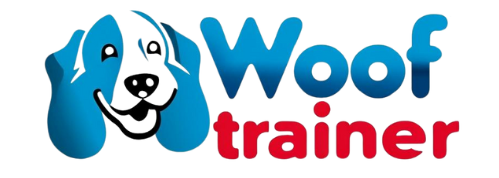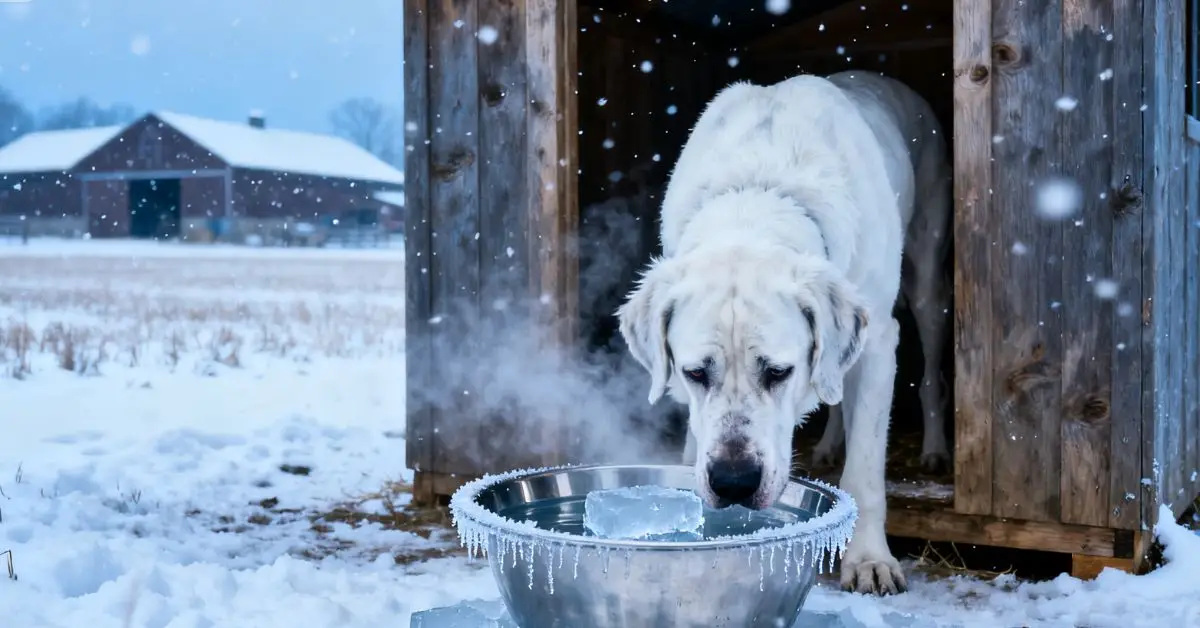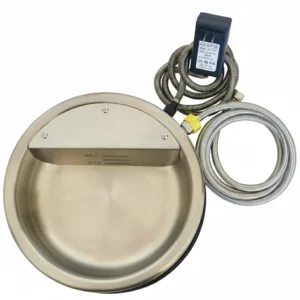The Real Reason You Struggle With Frozen Water Bowls
It’s not just a complaint—you need a reliable, low-maintenance, and animal-safe solution that works in harsh winter conditions. That means safety validation, cost/value evaluation, and clear installation and maintenance guidance.
Why Common Fixes Always Fail
Manual refills: Carrying warm water or breaking ice looks cheap, but it drains labor and adds risks (slippery ice on the ground, unstable supply). Example: 3 minutes/day × 10 kennels × 90 days = 4,500 minutes = 75 hours—time that could be used more productively.
Insulated bowls: They slow heat loss but don’t generate heat. In continuous cold, insulation only delays freezing.
Plastic heated bowls: Brittle in cold, short lifespan; uneven heating; and if powered by 120V immersion heating, they pose potentially fatal electrical hazards. They are consumables, not long-term solutions.
A New Perspective: Treat Water as Infrastructure
Professionals invest in durable fencing, drainage, and heating systems—water supply should be treated the same. Change the standard: prioritize durability, safety, automation, and serviceability, not just upfront price.
Wooftrainer Outdoor Automated Heated Animal Bowl System stands as the only professional-grade solution offering both automatic refilling and reliable freeze protection.
The Four Engineering Pillars
Material: 304 Food-Grade Stainless Steel (Non-Negotiable)
Non-porous, corrosion-resistant, easy to sanitize, and maintains strength in sub-zero environments. In kennels and clinical settings, 304 stainless meets hygiene standards and avoids the “replace every season” trap of plastic. (Specs: 304 stainless, ~1.5kg bowl.)
Safety: 24V Low-Voltage Power (Core Requirement)
Low voltage eliminates electrocution risk even under fault. In environments with animals and water, this is not a feature—it’s a requirement.
Automation: Thermostatic Heating + Automatic Refill
Thermostatic heating (e.g. 50W in typical specs) keeps water within range while reducing runtime. Direct connection with stainless hose + float valve ensures continuous fresh water, removing daily manual refills.
Rugged Design: Chew-Proof Sheaths and Armored Cabling
Dogs will test equipment. Armored power cords and hoses, combined with a heavy base and non-slip ring, reduce downtime and replacements. Invest now to prevent repeated failures later.
Market Solutions Compared
| Feature | Wooftrainer Automaitc Hydration System (Typical) | Plastic Heated Bowl | Premium Non-Heated Stainless Bowl |
|---|---|---|---|
| Material | 304 Food-Grade Stainless (Heavy, ~1.5kg) | Plastic (brittle in cold) | 18/8 Stainless (durable but no heat) |
| Heating | Thermostatic 50W (0–20°C) | 25–60W (unstable) | None |
| Refill | Automatic (1.8m SS hose + float valve) | Manual | Manual |
| Power | 24V Low Voltage (safe) | 120V (high risk) | Not applicable |
| Durability | Armored cables, chew-proof, heavy base | 1–2 winters lifespan | Durable but no freeze protection |
| Safety | Designed for animal environments | Documented failures | Safe but not freeze-proof |
| Typical Price | $129+ | $20–60 | $40–100 |
| Use Cases | Kennels, farms, K9 units, clinics | Casual indoor use | Outdoor but not freeze-proof |
Save Time, Effort, and Money With a Professional System
Example assumptions: Each kennel saves 3 minutes/day; labor cost = $12/hour; unit price = $129.
Single-unit annual savings:
1. 3 min/day = 0.05 hr/day.
2. Annual hours saved = 0.05 × 365 = 18.25 hrs.
3. Annual labor savings = 18.25 × $12 = $219.
Result A: Each unit saves ~$219/year; payback = $129 ÷ $219 ≈ 0.59 years ≈ 7.1 months.
Scale example (30 kennels):
1. Units needed = 30; Initial investment = 30 × $129 = $3,870.
2. Annual labor savings = $219 × 30 = $6,570.
3. Payback = $3,870 ÷ $6,570 ≈ 0.59 years ≈ 7.1 months.
Winter-only (90 days): Single-unit savings = 4.5 hrs; value = $54. Payback ≈ 2.4 winters.
Interpretation: Conservatively, units pay for themselves within one year. ROI grows with multiple kennels. Excludes savings from avoiding replacements and intangible benefits (reduced liability, improved animal performance).
Procurement & Evaluation Checklist
- 304 food-grade stainless construction
- 24V low-voltage certification
- Thermostatic heating specs (wattage, range)
- Stainless hose + float valve auto-refill
- Armored cables and hose protection
- Clear spare parts/maintenance supply
- Warranty & B2B terms (bulk discounts, install support)
Frequently Asked Questions
Q1: How is an automated system different from an insulated bowl?
A: Insulation only slows heat loss; automation combines controlled heating and refill—addressing both heat and flow.
Q2: Is 24V really safe?
A: Yes. 24V is the widely accepted low-voltage standard for wet/animal environments, far safer than 120V.
Q3: What is the heating power?
A: Typically 50W, controlled by thermostat. Runs intermittently, not continuously, making it efficient.
Q4: Can it serve multiple animals?
A: Yes. Dogs, cats, goats, sheep, and other small livestock. Adjust placement for animal size.
Q5: How often should it be cleaned/descaled?
A: Daily wipe for heavy use; deep clean monthly; descale quarterly in hard-water areas.
Q6: What’s required for installation?
A: 24V outlet and nearby tap/valve for the 1.8m hose. Basic tools and mounting surface.
Q7: Are warranty and spare parts available?
A: Choose suppliers offering clear warranty and at least 3 years of spare part support (valves, thermostats, hoses).
Q8: Is the price reasonable?
A: At ~$129, ROI is within months when factoring labor savings and fewer replacements. Consider it an investment, not just a cost.
Q9: Can it connect to existing auto water systems?
A: Usually yes—check interface compatibility and float valve clearance. Some vendors offer retrofit kits.
Q10: What are common failure signs?
A: Persistent surface ice, faulty valve action, cracks/leaks, frayed or scorched cables—stop use and service immediately.



